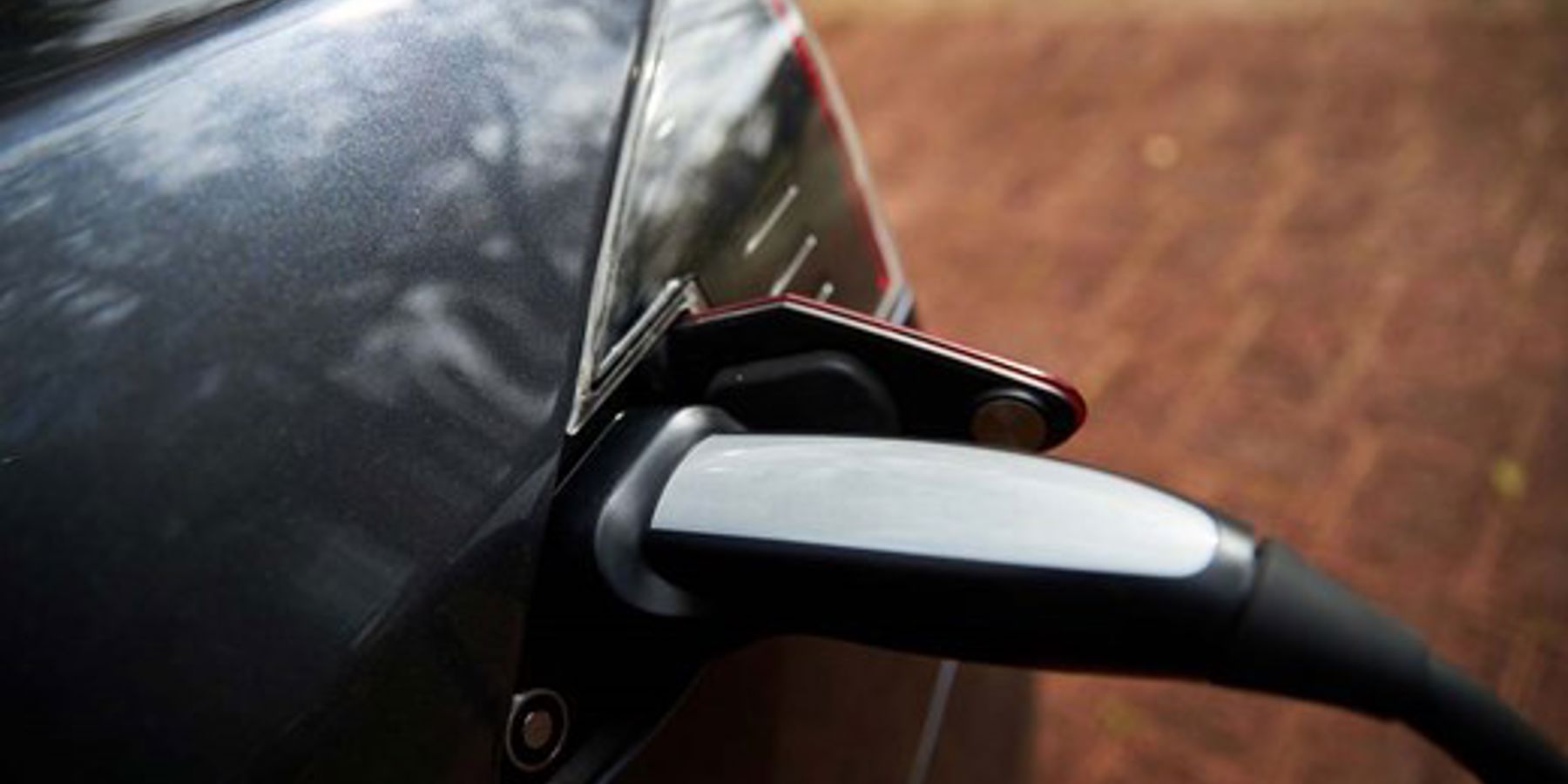Electric vehicles (EV) are an emerging transport technology and part of a more sustainable energy future by serving as an alternative to petrol or diesel fuelled vehicles.
Electric vehicle supply equipment is the hardware that connects an electricity source, delivering energy to charge an EV battery. It is often referred to as the (pedestal or wall mounted) charger and sits outside of the car. The charger is permanently installed at a building or home and the EV charging cable is used to plug the EV into it for charging.
One-way charger
Some electric vehicles may provide a vehicle-to-load (V2L) connection that can provide a 240V voltage from either a socket outlet on the car or a lead supplied with the car that may have a 240V power points. This may power smaller devices such as an electric bike, camping fridge or chargers for mobile equipment. Refer to your car manufacturer information on the capabilities of your EV.
Connecting electric vehicle charging stations
Discuss your load (charging) requirements with your electrician to figure out if your existing connection can support the extra load – you may need to upgrade to your connection service or circuits.
Bidirectional charger
Unlike standard one-way EV chargers, bidirectional chargers can also discharge energy from an EV, which means they can be used to power a building (known as vehicle-to-building or V2B*) and its appliances, or to export energy to the grid (vehicle-to-grid or V2G).
* Power to a building is also known as vehicle-to-home or V2H
In addition to the ‘charging only’ requirements above, bidirectional chargers need to meet the Basic Embedded Generator Connection Technical Requirements.
If you are looking to install a V2B, V2H or V2G system, stay in touch with your supplier - they can confirm when their equipment is registered with the Clean Energy Council and considered compliant with our network requirements.
You will then need to apply using the Embedded Generation Connection application to obtain written approval to connect to the Western Power network.
